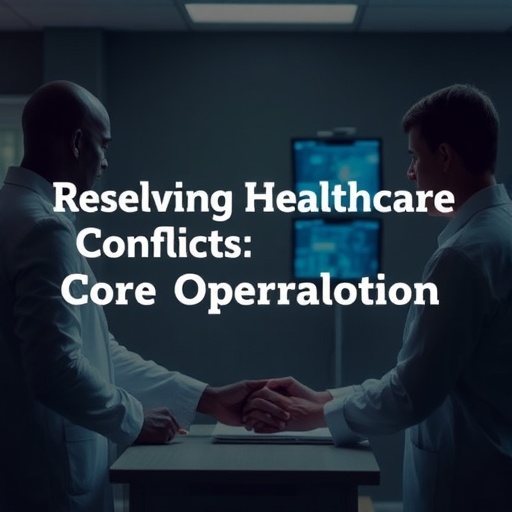Multiresistant bacteria Scientists around the world are working hard to win the battle against multi-resistant bacteria. A new publication from the BASP Centre, University of Copenhagen now presents how even sensitive bacteria often manage to survive antibiotic treatment as so-called 'persister cells'. The comprehensive perspective on this phenomenon may help to improve current options of drug treatment and could even inspire the discovery of novel antibiotics targeting these notoriously difficult-to-treat persister bacteria.
In the current issue of the highly regarded scientific journal 'Science', Alexander Harms and colleagues from the BASP Centre, Department of Biology, University of Copenhagen summarise newly discovered molecular mechanisms explaining how bacteria manage to survive antibiotic treatment and cause chronic and recurrent infections.
– Post-Doc Alexander Harms explains, 'This amazing resilience is often due to hibernation in a physiological state called persistence where the bacteria are tolerant to multiple antibiotics and other stressors. Bacterial cells can switch into persistence by activating dedicated physiological programs that literally pull the plug of important cellular processes. Once they are persisters, the bacteria may sit through even long-lasting antibiotic therapy and can resuscitate to cause relapsing infections at any time after the treatment is abandoned'.
Using novel detection methods as shown in the figure, recent work in the field has uncovered the molecular architecture of several cellular pathways underlying the formation of bacterial persisters – and these results confirmed the long-standing notion that persistence is intimately connected to slow growth or dormancy. Bacterial persistence can therefore be compared to hibernation of animals or the durable spores produced by many mushrooms and plants.
Across many different bacteria, these programs are controlled by a regulatory compound known as "magic spot" that plays a central role in the persistence phenomenon. These important discoveries, many of which were accomplished by the BASP Centre, may in the future facilitate the development of improved drug treatment regimens and eventually lead to the development of novel antibiotics.
###
Link to the article in SCIENCE: http://science.sciencemag.org/content/354/6318/aaf4268
Media Contact
Helle Blæsild
[email protected]
45-28-75-20-76
http://www.science.ku.dk/english/
############
Story Source: Materials provided by Scienmag




